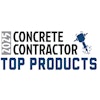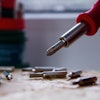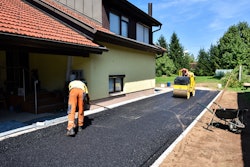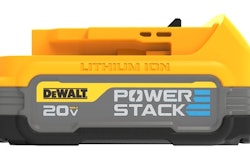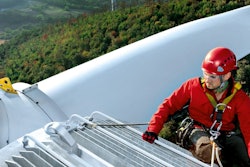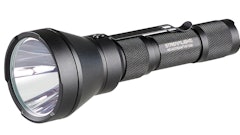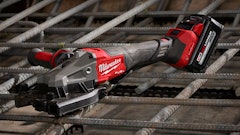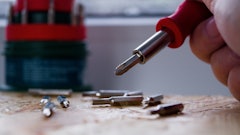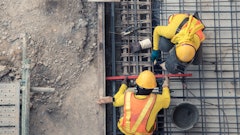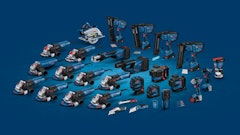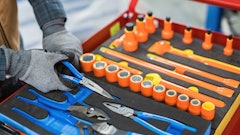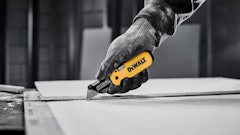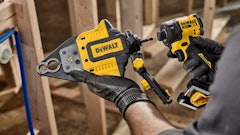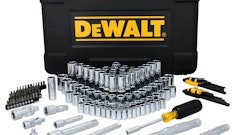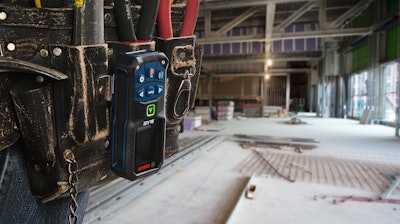
In ancient times when someone needed to make a measurement, they would turn to something close at hand, often literally a hand. A tradition that originated thousands of years ago in Egypt that is still used today is to measure the height of a horse by “hands” or 4 in. increments. In America, we essentially still use the length of the foot, the width of the finger, and the distance from the nose to the thumb of the out-stretched arm of the 12th century King Henry I of England as the basis of our standard measurements.
Obviously, the length of humans’ arms and legs vary, and in today’s world, this variation is problematic. Architects and engineers go to great lengths to ensure the homes and buildings they design are safe and effective. Translating their thoughts, designs, and calculations into real-world edifices requires accurate measurements of everything on the job sites. That means what is used to measure must be accurate and conform to standards for every use. The way measurements are taken and the technology of the instruments used have evolved greatly from the time of King Henry I. While sometimes little notches in wood or metal are used to measure inches and feet, like a ruler or tape measure, today we have advanced devices that can use sound and light to measure an entire project in mere minutes.
It goes unsaid that accuracy is extremely important. With flatwork for instance, accurately measuring the length, width, depth, and slope are all critical factors that mean the difference between success and abject failure. Inaccurate measurements bring issues from puddles due to poor drainage to unwanted cracks and instability, which can undermine the integrity of the building.
The question is, how can a tradesperson ensure the measuring tools they use on the jobsite are accurate and will perform appropriately in varying conditions? When it comes to measuring, three of the most widely used tools are the traditional metal tape measures, sonic wave generators and laser range finders.
Steel Tape Measures
The National Institute of Standards and Technology (NIST) has an underground facility staffed by professional metrologists, who are scientists that study and practice the science of measurement. This intrepid group calibrates master tape measures for athletic organizations, crime scene investigators and others. They employ a number of techniques to ensure that tape measures are accurate. For instance, a tape measure that is 60-meters (about 197 feet) can be confirmed within 0.1 millimeters, or the thickness of a piece of paper.
The reason why tape measures are on pretty much every tool belt around the world is they work, are inexpensive and can handle most of what is thrown at them. The challenge with tape measures is that several factors can impact their accuracy—or lack thereof. For instance, because they are usually steel they are subject to thermal expansion, which is the tendency of matter to change its shape, area, volume and density in response to a change in temperature. In other words, temperature can make them shrink or expand depending on how hot or cold the environment is at the jobsite. Steel tapes are calibrated to have the optimum measurement at 68° F (20° C). On a hot summer day where the temperature can get over 100° F (38° C), they can be off by enough to require correction. For common tape measurements, the tape used is a steel tape with coefficient of thermal expansion C equal to 0.000,011,6 units per unit length per degree Celsius change.
This means that the tape changes length by 1.16 mm per 10 m tape per 10° C change from the standard temperature of the tape. For a 30-m long tape with standard temperature of 20° C used at 40° C, the change in length is 7 mm over the length of the tape.[i]
 Bosch Power Tools & Accessories
Bosch Power Tools & Accessories
Electronic Measuring
The digital revolution has brought some new technology that has been game-changers when it comes to the speed and accuracy of taking measurements anytime, anywhere. Manual range finders or distance measuring tools are handheld, lightweight, and battery-powered, which allows for several hours of regular use each day.
They usually come in two categories, electromagnetic distance measurement (laser) or ultrasonic (sound). They operate in similar ways but deliver quite different results. They work by sending out light or sound to an object they want to measure then the signal reflects off that surface and returns to the rangefinder where the device instantly calculates the distance.
Ultrasonic devices can measure the distance of objects regardless of shape, color, or surface texture and they can also measure moving objects. They can be used without needing to touch an object, which helps in wet concrete scenarios. At retail, they usually cost less than laser rangefinders but come with two massive disadvantages, they have significant range limitations and are notoriously inaccurate. Errors are caused by the sound reflecting random items close to where they are pointing, instead of the desired target. Because of this, ultrasonic devices work best on clean surfaces in empty rooms.
Laser Rangefinders
Today’s digital laser distance measuring tools have been designed for functionality, usability, and accuracy. Besides the fact that they can be operated by a single person, they are also much less susceptible to user errors such as incorrect positioning. What’s more, is some rangefinders come equipped with 5-megapixel cameras to record every measurement taken, can calculate the area and volume of a space automatically, and uses Bluetooth technology to connect the device to a smartphone or tablet. This enables managers to see measurements and images from wherever they are.
As far as accuracy, laser distance measuring tools work as well at short distances as long distances with some being to within 1/16 of an inch at 400 ft.
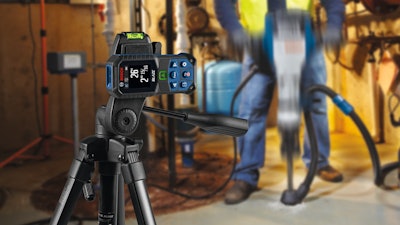 The BLAZE Connected Green Beam laser measure device generates a point/dot up to 4x brighter than a standard red beam. It has a 165 ft. range and is calibrated to be up to +/- 1/16 in.Bosch Power Tools & Accessories
The BLAZE Connected Green Beam laser measure device generates a point/dot up to 4x brighter than a standard red beam. It has a 165 ft. range and is calibrated to be up to +/- 1/16 in.Bosch Power Tools & Accessories
How Can You Confirm Accuracy?
Here are some tips to ensure your laser-based measurement device is calibrated correctly and to confirm its accuracy:
- Get familiar with the device. Play with it to learn its various functions and capabilities.
- One way of checking a range finder is by using a regular tape measure. Some devices have live measuring features, which provides real-time measurement that adjusts as the user moves closer to and farther from the target, just like a tape measure.
- Always have a benchmark (all jobsites have one) and check it against that benchmark– that’s one sure way to know if it is accurate. Go out 50 ft. with a tape measure and confirm with the device.
- Make sure the device has an easy-to-read display – having a backlit display is a huge help in dark rooms or other low-light situations.
- Use the built-in spot level, a bubble display will move vertically or horizontally to help the user know if they are holding the device still.
- Having a camera is helpful. This should capture the measurements and provide a timestamp.
- Use the manual crosshair calibration function. This feature uses a crosshair like on a rifle to calibrate. Place the device on a level surface and shoot the laser at a point 16-ft. away. If the dot is not in the center, it can be manually calibrated for the bullseye. It takes about five seconds to calibrate the crosshair, go into function mode and save the crosshair calibration. Use this function if the device is dropped or to simply reconfirm accuracy.
- If still unsure, push the calibration button and it will do it automatically.
While humans have relied on arms and legs to guide their measurements for millennia, there is a much better and more accurate way to take measurements on jobsites. With the right device in hand, one person can do in literal seconds what used to take hours to accomplish. That’s what technology is supposed to do, make things faster, easier, and in this case, more accurate than ever before.
About the author
Zoher Fatakdawala is the Market Development Manager at Bosch Power Tools, a global leader for power tools and power tool accessories. Learn more about Bosch’s BLAZE™ Laser Measure here.
References
[i] Tape correction (surveying) https://en.wikipedia.org/wiki/Tape_correction_(surveying)

